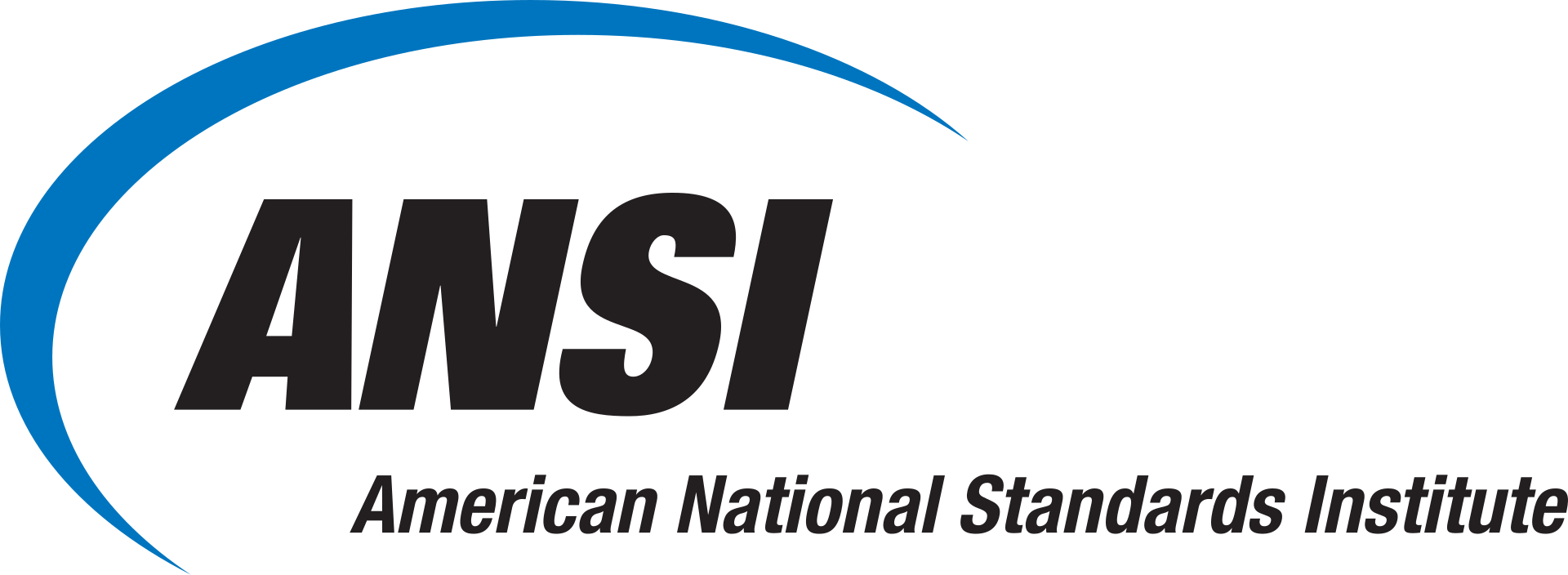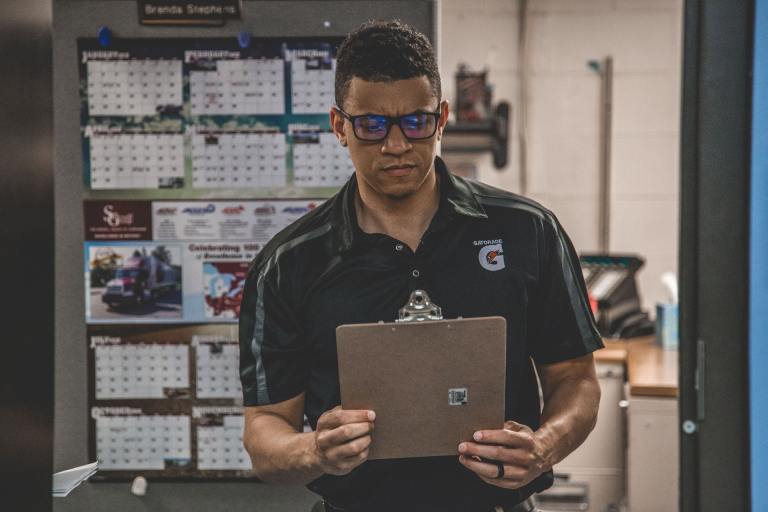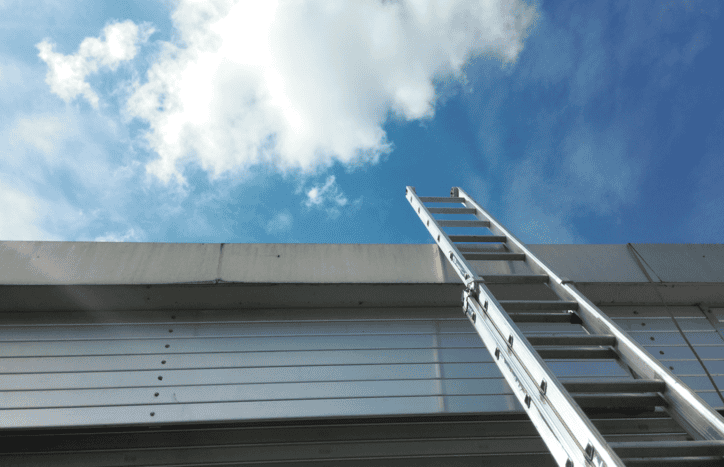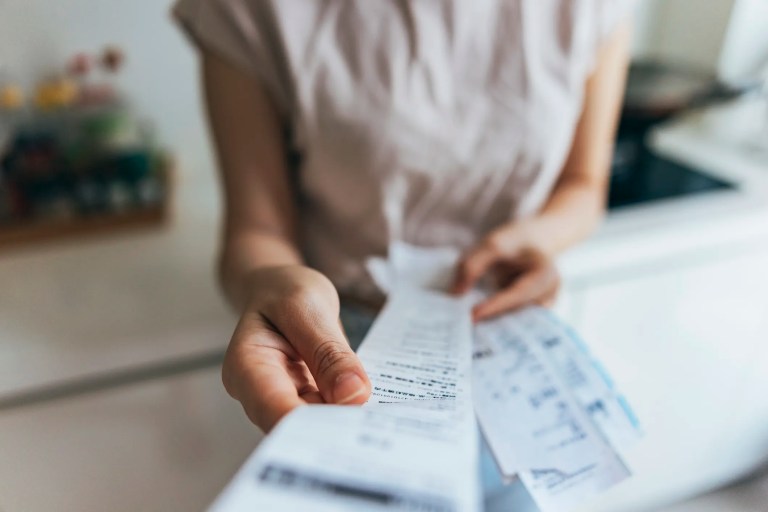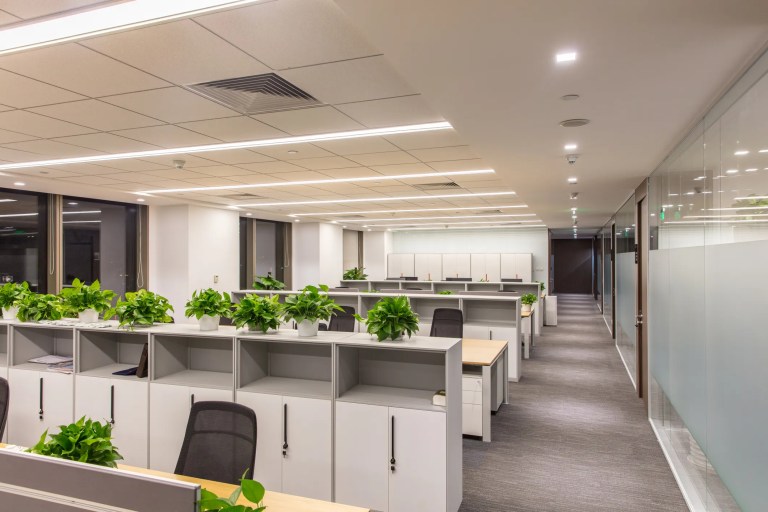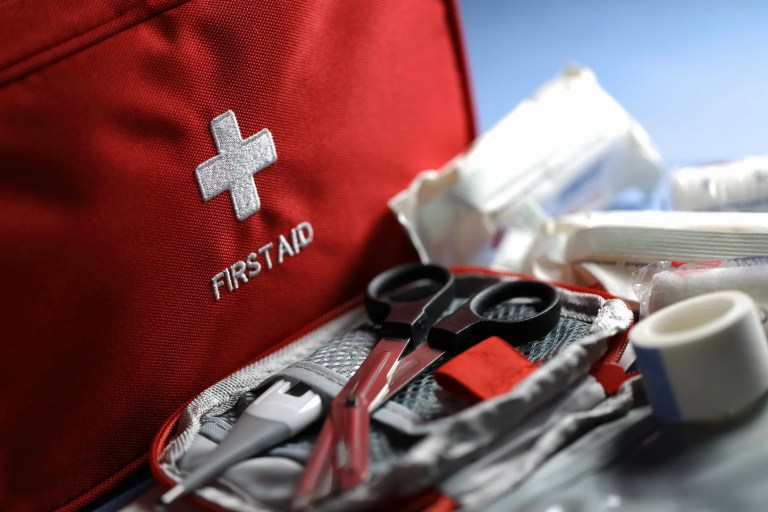ANSI/IICRC S100-2021: Cleaning Textile Floor Coverings
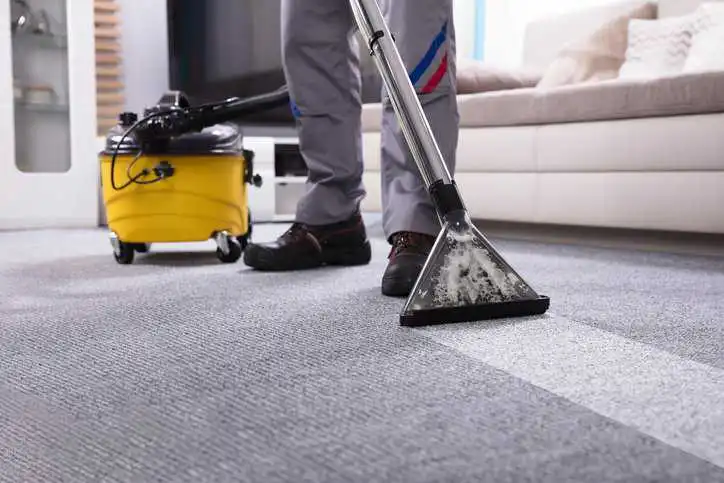
Textiles are all around us. Besides wearing them, we also use them in our homes—often as rugs and carpets. While textiles are stylish and comfortable on our feet, we also want to assure that they are safe. ANSI/IICRC S100-2021: Standard for Professional Cleaning of Textile Floor Coverings provides a set of procedural standards for professional carpet and rug maintenance and cleaning in both residential and commercial settings.
Textile Floor Coverings
Textiles, according to ANSI/IICRC S100-2021, are fabric or cloth, woven or non-woven, made on a loom, tufting machine, knitting machine, etc. Textile floor coverings (i.e., carpets and related materials) are meant to be used on floor surfaces. They are secured to a floor by the means of staples, tacks, or glue, as well as removable area rugs.
Today, textiles floor coverings come from all over the world, and it is important that manufacturers use reliable and high-quality materials. Textile floor covering standards like ANSI/IICRC S100-2021 help manufacturers assure that their products are reliable, safe, and of an acceptable level of quality.
What Is ANSI/IICRC S100?
ANSI/IICRC S100-2021 describes the procedures, methods, and systems to be followed when performing professional commercial and residential textile floor coverings (e.g., carpet and rugs) maintenance and cleaning. The American National Standard covers procedures for professional carpet and rug maintenance and cleaning for the following components:
- Principles of cleaning
- Chemistry of cleaning
- Construction of textile floor covering and style
- Carpet selection
- Soiling and soil management
- Carpet cleaning equipment and tools
- Methods and systems of cleaning
- Safety and health
- Administrative
- Pre-cleaning and post-cleaning inspections
- Spot and stain removal
- Residential and commercial cleaning
- Area rugs
ANSI/IICRC S100-2021 is intended for involved in the textile floor covering cleaning industry, primarily for textile floor cleaning companies and workers and, secondarily, for others who procure, manage, or maintain carpeted areas.
Why Is It Important to Clean Your Carpet?
Carpet cleaning involves removing dirt, stains, and other debris from your carpet. Regularly cleaning your carpet is important for a host of reasons:
- Improved indoor air quality: carpets can trap allergens, dust, dirt, and pollen, which can cause respiratory issues for people with asthma or allergies
- Extended carpet lifespan: regular cleaning prevents dirt and debris from damaging carpet fibers, which can help you avoid costly replacements—prolonging the life of your carpet
- Preventing mold or mildew: mold and mildew can cause stains and odors that stick to carpets and spread around your home, potentially being dangerous to your health
- Reduced stains: cleaning stains as soon as they happen can prevent them from becoming permanent, which makes sure your carpet will not look dull and dreary
- Cost savings: regular carpet cleaning can save you time and energy and help you avoid the cost of replacing your carpet or dealing with water damage or mold
- Healthier home: carpet cleaning helps eliminate allergens, bacteria, and mites that can cause odors as well as remove accumulated dust, dirt, soil, and debris—enhancing the overall hygiene environment
- Enhanced appearance: clean carpets can make your home look more attractive and well-maintained, which can increase its value
How Do You Maintain a Carpet?
Maintaining a carpet involves considering the budget, occupants, type of floor covering, sources of soil, and spots. ANSI/IICRC S100-2021 also specifies that the objective of a maintenance program is to keep soil out of the structure and off of the carpet. This extends the useful life of the carpet, helps to achieve a higher appearance level, contributes to a healthy indoor environment, and protects and preserves a major asset.
Residential Carpet Maintenance Program
ANSI/IICRC S100-2021 details that residential carpet installations should have a plan for programmed maintenance and cleaning, to include:
- Sweeping or blowing off sidewalks, driveways, and entry areas outside the structure, especially after mowing or during fall weather when there is an accumulation of leaves
- Vacuuming or shaking entry mats weekly to remove accumulated particle soil
- Vacuuming, using quality equipment that is well filtered, to remove soils deposited on carpet and to prevent aerosolizing fine particles
- Routine spotting for immediate attention to spots as they occur or as they are noticed
- Programmed professional cleaning of regularly used wall-to-wall carpet at least annually, often combined with semi-annual entry, traffic area, and heavy-use area (e.g., dens, hallways, entry foyers) cleaning
- Area rug cleaning every 12-24 months, depending on placement and traffic
ANSI/IICRC S100-2021: Standard for Professional Cleaning of Textile Floor Coverings is available on the ANSI Webstore.
